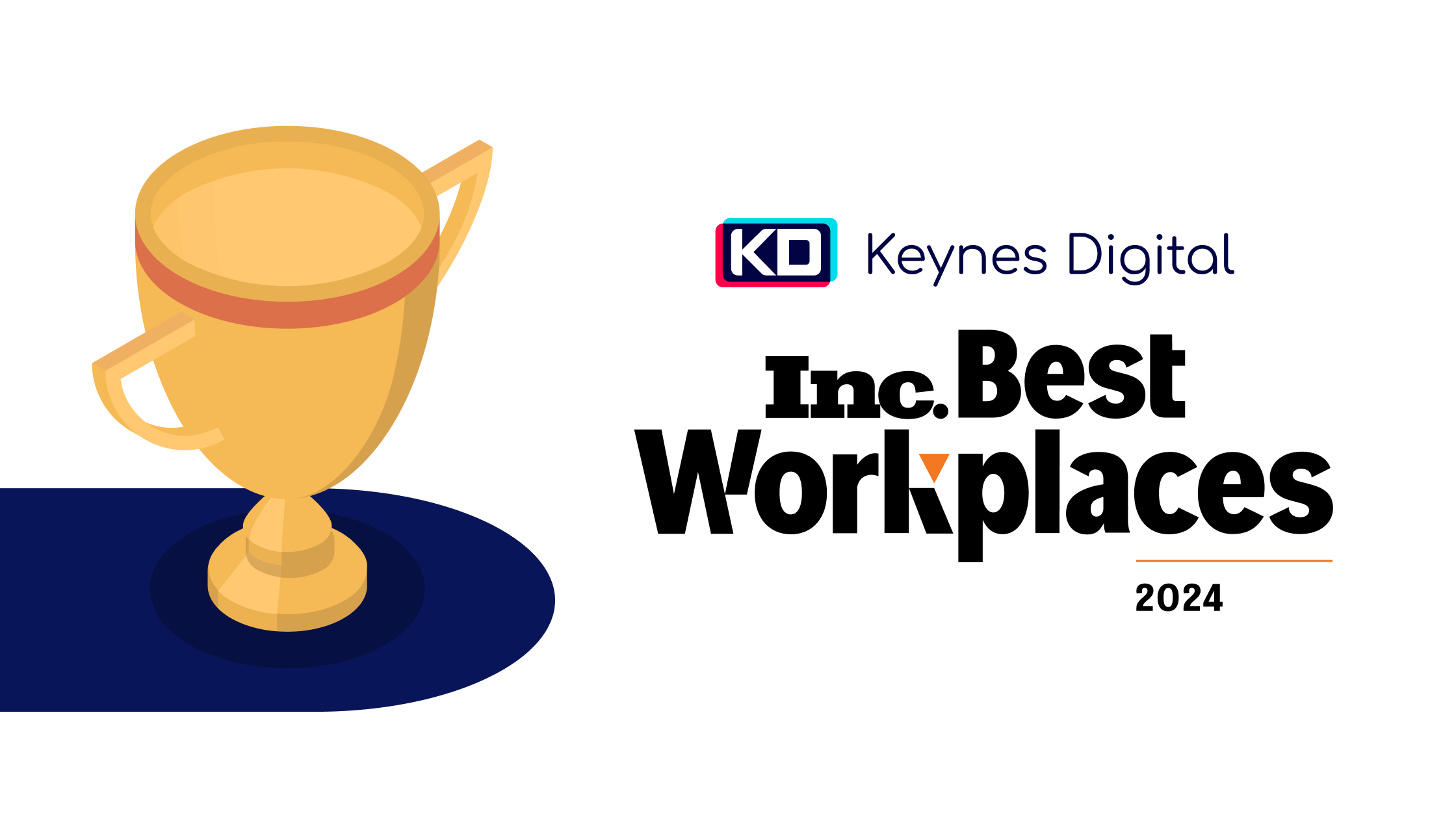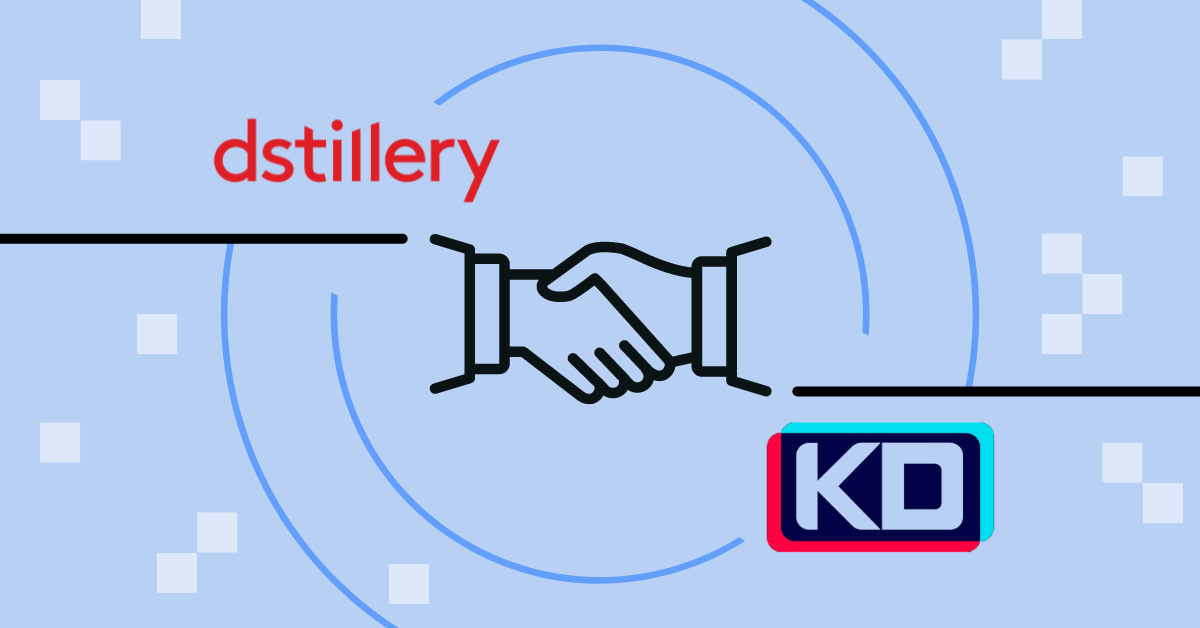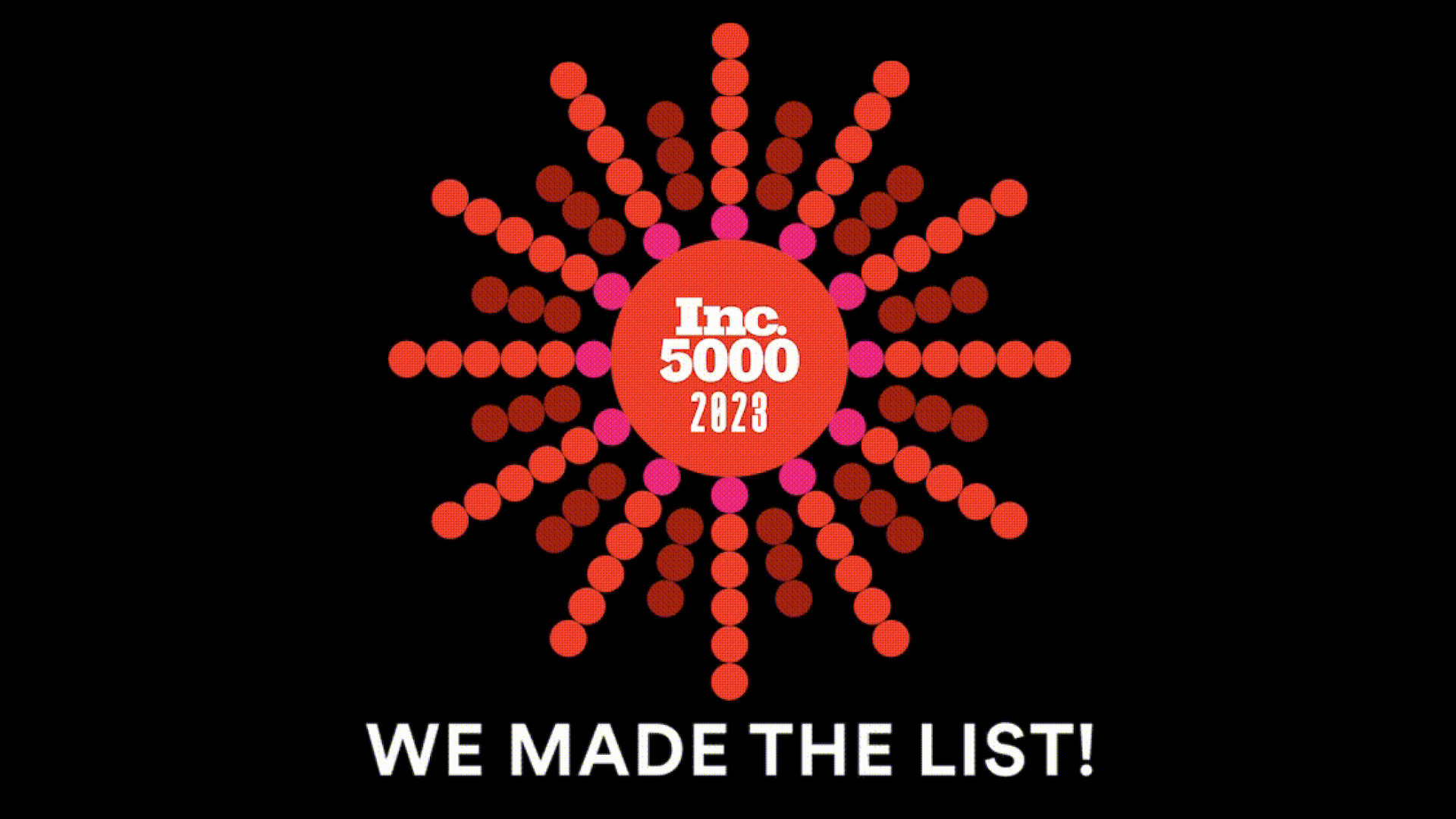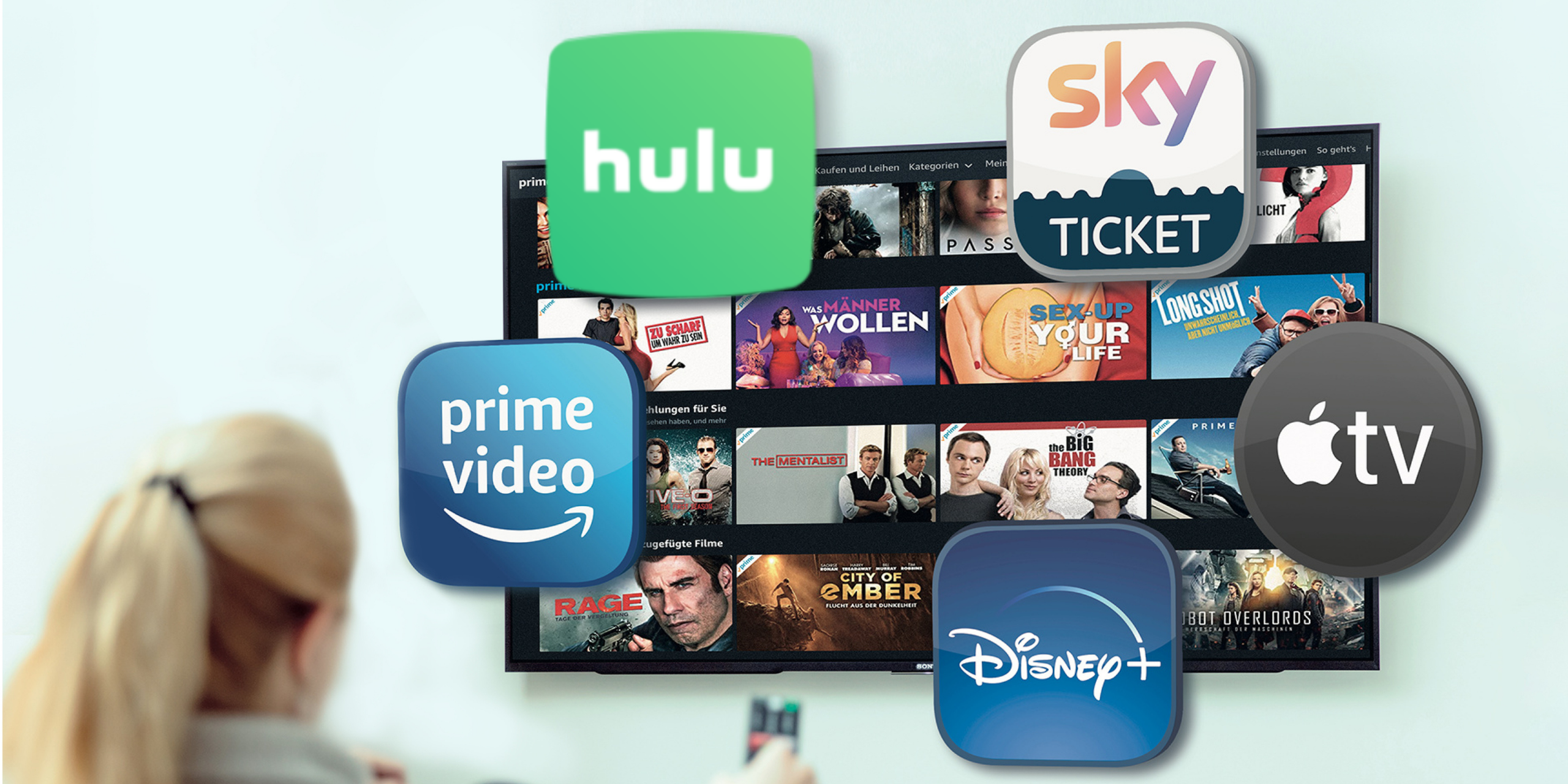CTV/OTT Programmatic Advertising
Marketing and advertising is a field that is growing more and more each day. With numerous changes taking place in the use of the online world, it is only wise to change advertising strategies.
Programmatic advertising is one of the most recent advertising efforts geared towards capturing users’ attention over the internet. Programmatic advertising is essentially the buying and selling of online advertising services in real time. One of the greatest hurdles for advertisers is choosing the perfect platform in which to advertise.
This is the key issue that programmatic advertising seeks to solve. It involves using Artificial intelligence (AI) in a bidding auction to help automate and streamline the buying of ads. Instead of negotiating based on already set prices, advertisers have more control over how much they spend on a campaign. In this case, there are no middlemen, such as RFPs and negotiation.
How Programmatic Advertising Works
As advertising evolved over the many milestones, programmatic techniques have taken the lead. Nowadays, a programmatic auction occurs, in which advertising inventory is bought and sold digitally on a per-impression basis. This is called real-time bidding (RTB). In a demand-side platform (DSP), an advertiser bids on a user impression based on their targeted audience segments. If won, the advertiser’s campaign immediately displays on the publisher’s site or ad network platform.
DSPs allow advertisers to manage and optimize based on their perfect audience(s). This can include certain demographics, user behaviors, and locations. Rather than spending money to advertise on a single platform or site, AI machines allow advertisers to choose where to place a specific campaign at a specific time for optimal user reach.
CTV media and OTT advertising companies are major players in the world of programmatic advertising. This is because this form of advertising has offered such platforms a means of connecting with only engaged customers and thus maximizing all efforts put forth in the advert. With the outbreak of the coronavirus, more and more people have turned to online consumption.
Many ask about the differences between OTT vs CTV, but CTV vs OTT tend to intertwine and act as a team. This has offered a perfect chance for OTT and CTV streaming platforms to target a wide variety of consumers. For example, in 2020 alone, people spent 92% more time on Netflix as a result of quarantine. To stay afloat, businesses must find ways to maximize advertising efforts by targeting as many people as possible. In getting users where they now spend the time most, Connected TV programmatic advertising and OTT advertising have become game-changers.
Connected TV Advertising Platforms
In the late 2000s, there was an explosive surge in the purchasing of CTV media. By the end of the 2010s, the CTV ad spend scene saw massive growth of about 330%. As CTV advertising grew so did the emergence of Connected TV companies trying to claim the spotlight. The industry has only grown ever since.
In 2021, Connected TV advertising companies are set to make over $10.81 billion on ad campaigns.
Here are some of the top CTV advertising companies and Connected TV examples based on their Connected TV devices:
1. Roku
Roku is the largest CTV platform, with close to 85 million users all around the United States. Despite the large numbers, this is only about 46.9% of CTV users in the United States. The company specializes in providing standalone players and TVs on which users can access all sorts of entertainment. The users can also access the OTT platform via Roku by paying the required monthly subscriptions.
2. Amazon Fire TV
Amazon Fire TV is the 2nd most sought-after because of the numerous devices and ever-expanding range in the market. The spot between Roku and Amazon Fire TV is always being interchanged. A Connected TV advertising example of stiff competition among CTV companies. Amazon Fire TV deals in Connected TV devices such as the Fire TV Cube, Fire TV stick and Fire TV stick 4k. These all come with numerous desirable specifications such as Alexa and Amazon Video streaming.
3. Google Chromecast
Chromecast is a device developed by Google to add smart functions to an already purchased television. The dongle-like device need only be connected via an HDMI port, and then users can access streaming services on OTT platforms like Netflix, Hulu and Disney+. The device also accepts the installation of applications that better the CTV media experience.
CTV Companies on Connected TV Advertising
What is Connected TV and what is CTV advertising?
The simple CTV definition is a TV set that can connect to the internet. Thus, the Connected TV advertising definition is the form of advertising that involves targeting users when they are watching content on TV screens. CTV advertising involves ads that are non-skippable and run programmatically.
The more technical CTV meaning in terms of advertising is that it’s a private marketplace. The inventory for CTV advertising positions offers advertisers specific yet exclusive placement opportunities. There are also relatively fewer bidders in this environment, thus making winning rates higher. CTV is, therefore, an important aspect of the programmatic type of advertising. Here are a few other reasons why it’s essential in today’s programmatic advertising scene:
- Better chances of winning the audience’s attention
- More accurate fast-driven advertising strategies
- There are better tracking measurements
- Precise control of the frequency of ads
- Premium and exclusive advertising opportunities on CTV platforms.
- CTV Companies on OTT Advertising Platforms
Unlike CTV, OTT advertising is the targeting of a marketing audience on online streaming platforms that provide OTT TV media shows. As a user streams onto the television, this is known as using OTT and CTV.
OTT advertising ideally is like any other form of internet advertising. Except the users see the ads as they are using the OTT platform over the internet. Some of the most common platforms include Hulu, Netflix and HBO Now.
OTT platforms are installed via a CTV device or preinstalled on a TV or Smart TV. In this way, advertisers will maximize targeting users with CTV advertising on OTT platforms. Here are a few additional reasons why advertisers will benefit from the true programmatic OTT definition on CTV devices:
1. Reduced Advertising Costs
Before CTV companies included OTT platforms on their devices, advertisers had to pay for advertising on OTT and CTV platforms separately. According to recent data, most advertisers pay approximately $9 billion for advertising on platforms such as Hulu. For CTV advertising they would then have to part with approximately $8.2 billion. However, with better-targeting strategies thanks to programmatic advertising and the combination of OTT and CTV, advertisers can spend significantly less. This is because they get to have control over the ads they run and where they are posted. Plus the combination of both services makes them one entity thus cutting down on double-spending.
2. Wider Reach
OTT platforms have been used by about 765 million people in the world at least every month this year. Research also shows that at the end of 2018, 183 million people in the U.S. used CTV streaming every month. This is a figure that is set to increase by 204 million by 2022.
CTV and OTT advertising are proving to be an essential part of any marketing strategy out there. With the two being key game changers in programmatic advertising, CTV and OTT have the potential to reach over 300 million people when combined. Since advertising is also in a controlled space, programmatic advertising can reach a larger cohort of people.
3. Access to Multiple Premium Audiences
OTT advertising mainly targets a large proportion of millennials and almost all members of the generation Z community. According to data, 71% of millennials were found to use at least 1 form of OTT media for entertainment. Additionally, 1 in 2 of these people consumed OTT media via mobile phones or laptops. The true OTT meaning always encompasses millennials and gen z. However, CTV media is slowly gaining traction among all age groups, including baby boomers. While Generation Z viewers make up 45.7 million of CTV viewers, baby boomers aren’t that far behind with 38.5 million viewers. In fact, Generation X takes the cake here with approximately 48.5 million viewers.
Combining the 3 generations by integrating OTT and CTV allows for more premium access to multiple audiences. Most baby boomers and generation X will be available during prime time; thus programmatic adverts for them can be set at this time. The availability of OTT platforms on CTV media also makes the crossover between OTT and CTV much easier. Programmatic advertising has evolved to where users are now comfortable and unaware of a more effective way of targeting the right audience with ad campaigns via OTT media, or OTT/CTV ads.
Industry Expert Insights
We are your high-touch, performance-focused streaming TV and programmatic advertising partner. Our team of experts and a one-of-a-kind data-driven platform connects you to the best streaming TV marketing strategies.


